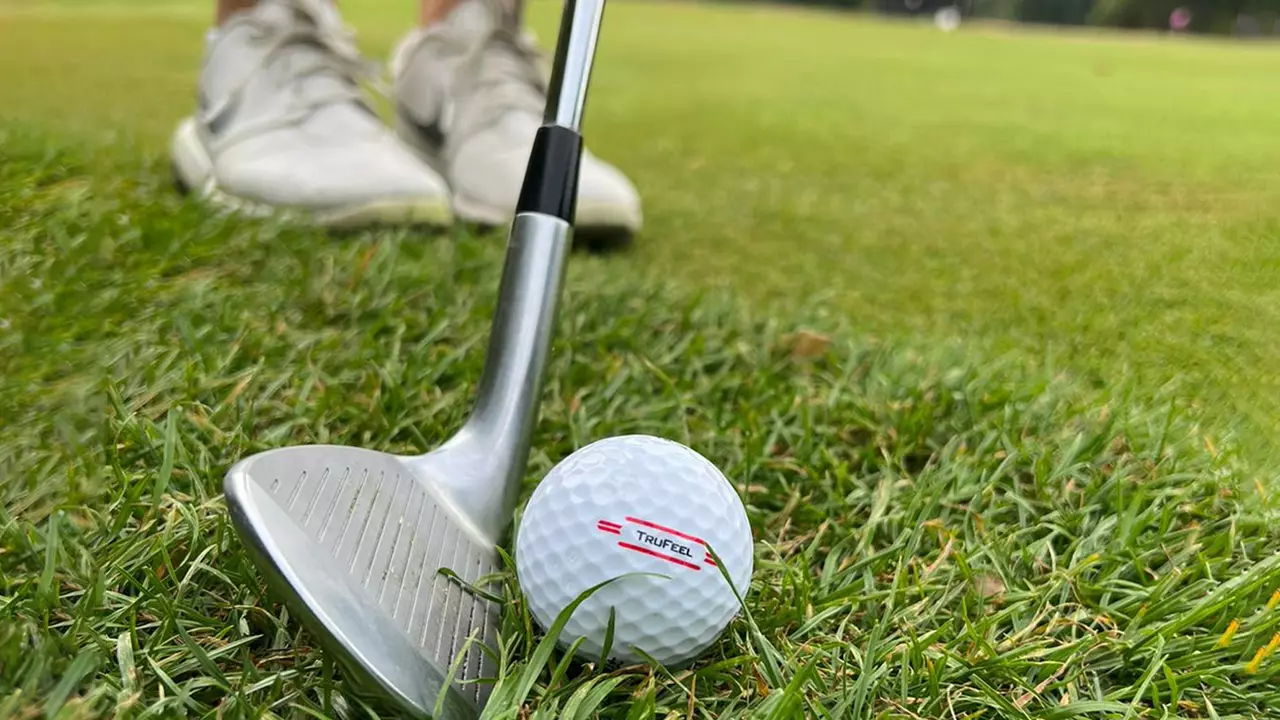If you’re standing on the tee and wondering why your shots feel off, the ball you’re using could be the culprit. Not all golf balls are built the same, and the right brand can mean the difference between a straight drive and a slice. In this guide we’ll break down the basics so you can pick a ball that matches your swing, budget, and goals.
Compression is a number that tells you how much a ball squishes on impact. Low‑compression balls (around 70‑80) stay soft and launch higher, which helps beginners and slower swing speeds keep distance. High‑compression balls (90 and up) feel firmer and give more control for faster swing speeds. If you swing under 90 mph, start with a low‑compression model; if you’re over that, a mid‑ or high‑compression ball will probably feel more natural.
Most premium balls use a urethane cover, which provides a soft feel around the greens and lots of spin on short shots. Urethane is great for players who can shape shots and want better control on the putter. Two‑piece balls, usually with a surlyn cover, are tougher and last longer, making them a solid choice for high‑handicap players who need durability and distance.
When you test a ball, pay attention to how it reacts on chip shots and around the green. A good brand will let you feel the difference between a clean strike and a mis‑hit, helping you make smarter decisions on the course.
Expensive doesn’t always mean better for you. A $50 ball might give extra spin, but if you’re still working on consistent contact, you won’t notice that benefit. Try a mid‑range ball first – many brands offer a “tour‑level” feel without the premium price tag. If you love the feel, upgrade later.
Many manufacturers also sell bulk packs at a discount. Buying a box of 12 instead of a sleeve of 3 can shave off a few dollars per ball, which adds up if you practice often at Woodbridge Golf Academy.
Most pro shops, including ours, let you test a few brands on a short range. Spend a few minutes hitting each ball with your driver, irons, and wedges. Note how high the ball launches, how much it rolls, and how it feels on the green. The ball that feels most comfortable is often the right one, even if it isn’t the most hyped name.
Remember, the best ball for you today might change as your swing improves. Keep a small stash of a few different brands and rotate them as you grow.
Here’s a quick snapshot of popular options:
Pick one that fits your swing speed and feel preferences, then give it a solid 20‑hour test before deciding.
Choosing the right golf ball brand isn’t rocket science – it’s about matching ball characteristics to your swing. Use these tips next time you’re at the shop, and you’ll notice the difference on the fairway and the green. Happy playing!

Well folks, strap in and let's dive into the world of golf ball brands! If you're wondering what the pros are smacking around the green, look no further than Titleist. It's the top dog, the big cheese, the king of the golf ball jungle! These little white wonders are the favorite of the pros, with more PGA Tour players choosing Titleist than any other brand. So, if you're dreaming of joining the ranks of the pros or just want to feel like one, remember, Titleist is the way to go!